This is the final installment of my summer series, The Pattern That Changed My Life. This series began last summer when we heard stories from nine women about particular patterns (or books or workshops) that changed their creative trajectories. This summer we added 12 more. I’m fascinated by these moments of transformation in our lives and I think they’re moments we can all identify with. I hope you’ve enjoyed these stories as much as I have! Browse them all here.
Today, we’re hearing from quilt designer Casey York. Casey worked for many years as an art historian before becoming a quilter. She’s known best in the quilting world for her stunning modern applique work. I first got to know Casey when she was writing her book, Modern Applique Illusions. She and her publisher wrote a fantastic series of blog posts about the process of writing a craft book. Her openness and honesty were refreshing.
I’m excited to have Casey here today to share the story of the pattern that changed her life.
Here’s Casey:
+++++
When Abby first asked me to write about the Pattern that Changed My Life, I was thrilled…and then stumped. I tend to use patterns the same way that I use recipes—I pull different elements from multiple sources for any single project—so it’s difficult to put my finger on any one pattern that has changed the course of my career. One book that has constantly influenced my direction, however, is Elizabeth Hartman’s The Practical Guide to Patchwork.
I first became familiar with Elizabeth’s work through her popular quilting blog, Oh Fransson! I was in the process of making my first large quilt to go with my son’s new bunk-bed and, like many sewists today, turned to the wealth of resources on the internet when I had a question about a technique or needed design inspiration. I found both in abundance at Oh Fransson!, where Elizabeth not only provided tutorials and patterns, but also detailed the techniques that she used. I even ended up using her Mod Mosaic technique to make the back of my first ever pieced quilt, which I still use almost every day.
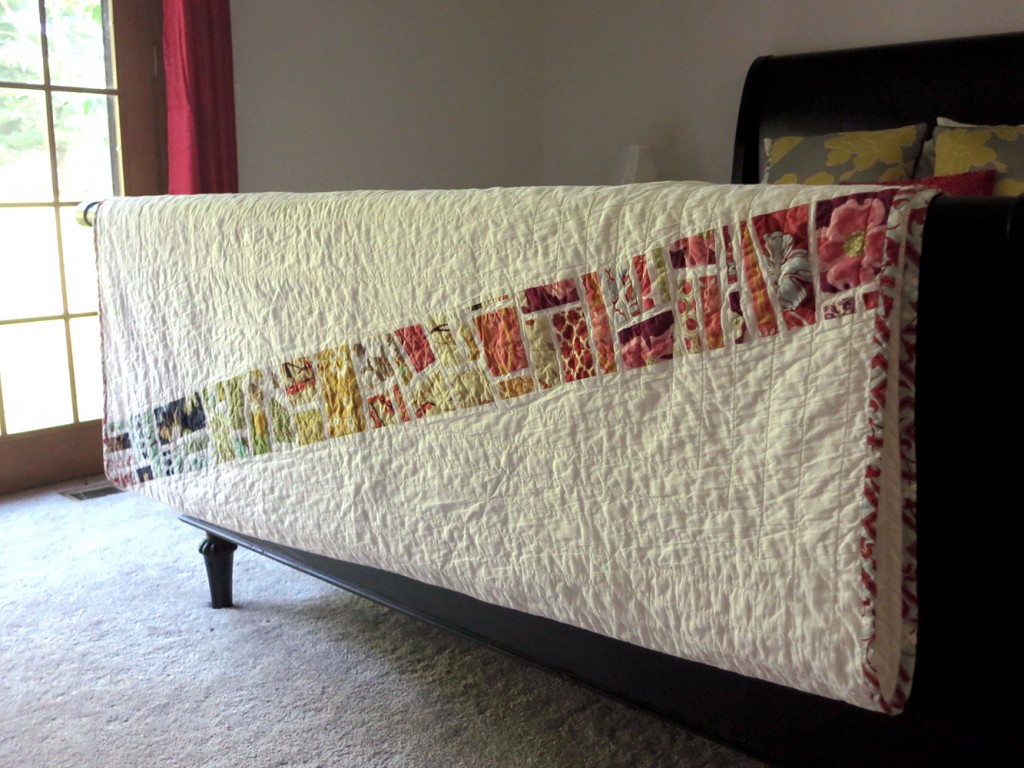 The back of Casey’s first pieced quilt.
The back of Casey’s first pieced quilt.
Because I loved her blog, it was an easy choice to pick Elizabeth’s Practical Guide to Patchwork when I was in the market to start my quilting library. I turned frequently to this book as I developed my skills in quilting. But even though I used it often, this isn’t the true way that The Practical Guide to Patchwork changed my life.As I began producing my own quilt patterns, I quickly realized that appliqué was going to be my niche—it’s the only way to achieve the graphic designs that I love. Elizabeth’s book, which was such a valuable resource to me as I was learning the basics of quilting, struck me as a core fundamental book for modern quilters. As I delved deeper and deeper into appliqué, I became aware that there was no core fundamental book about modern appliqué on the market at that time (since then, several wonderful books have been released, including Jenifer Dick’s Modern Appliqué Workbook, Kevin Kosbab’s Quilter’s Appliqué Workshop, and Alison Glass’s Alison Glass Appliqué. I had the crazy idea that I might like to try my hand at writing a book to fill this void in the market, and that’s when I really began to learn from The Practical Guide to Patchwork.
I began studying Elizabeth’s book in a new way—which publisher had released it? How was the information organized? How were the patterns written? How was the information laid out on the pages? What was it, exactly, that drew me so strongly to this particular book and allowed it to communicate the basics of quilting so effectively? I used my findings in composing my first book proposal and sent it off to Stash Books, The Practical Guide’s publisher. Although they didn’t pick up my initial idea of an intro-to-modern-appliqué book, they did express interest in my appliqué designs, and this led to writing and releasing Modern Appliqué Illusions last fall.
Casey’s book. The impetus to become an author first came from her examination of Elizabeth Hartman’s book.
Throughout the writing and design processes, I again turned frequently to The Practical Guide to Patchwork in order to analyze and verbalize the elements I felt made it so successful and try to incorporate them into my own work. Inspired by the process-themed posts from Oh Fransson!, I even wrote a series of blog posts titled “Crafting a Book,” detailing my experiences throughout the writing and publishing process. This first book was truly a turning point in my career as a designer, and I’m excited to mention that it led to a second book, The Appliqué Book, that will be released next spring, also by Stash Books.
If I could wrap up with a piece of parting advice to aspiring designers, it would be this: always strive to learn from your teachers in multiple ways. Don’t just focus on the quilt patterns in a book, but also on the layout and book design, and the ways in which the patterns are written (Shea Henderson also commented on this point in her post for this series). Take as many classes with as many different instructors as possible, and pay attention to the ways they communicate the information they are teaching. One of my favorite things about the contemporary sewing scene is how supportive designers and teachers are of one another, so ask questions about people’s experiences and add their tips and techniques to your repertoire. You never know when or how that life-changing moment might occur!
+++++
Elizabeth Hartman’s The Practical Guide to Patchwork is the book that changed Casey York’s life. What book changed yours?
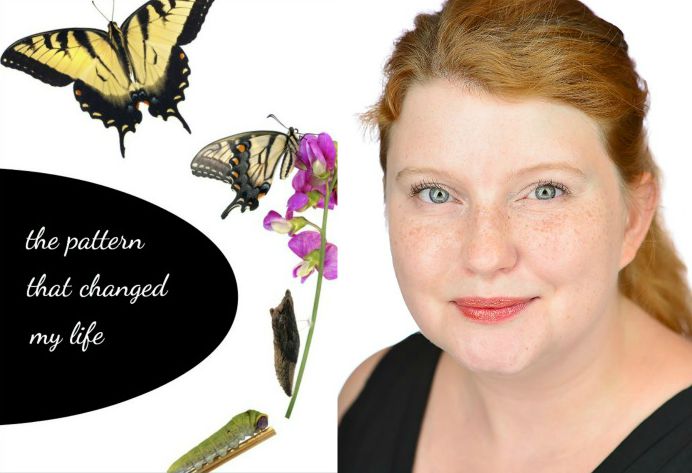
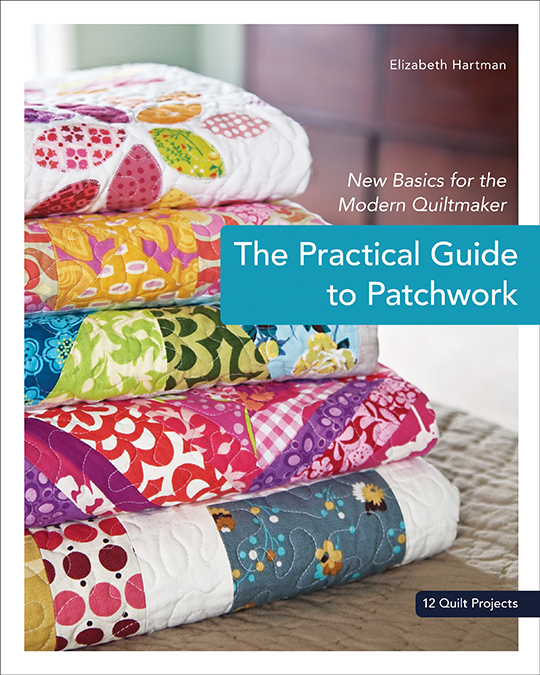
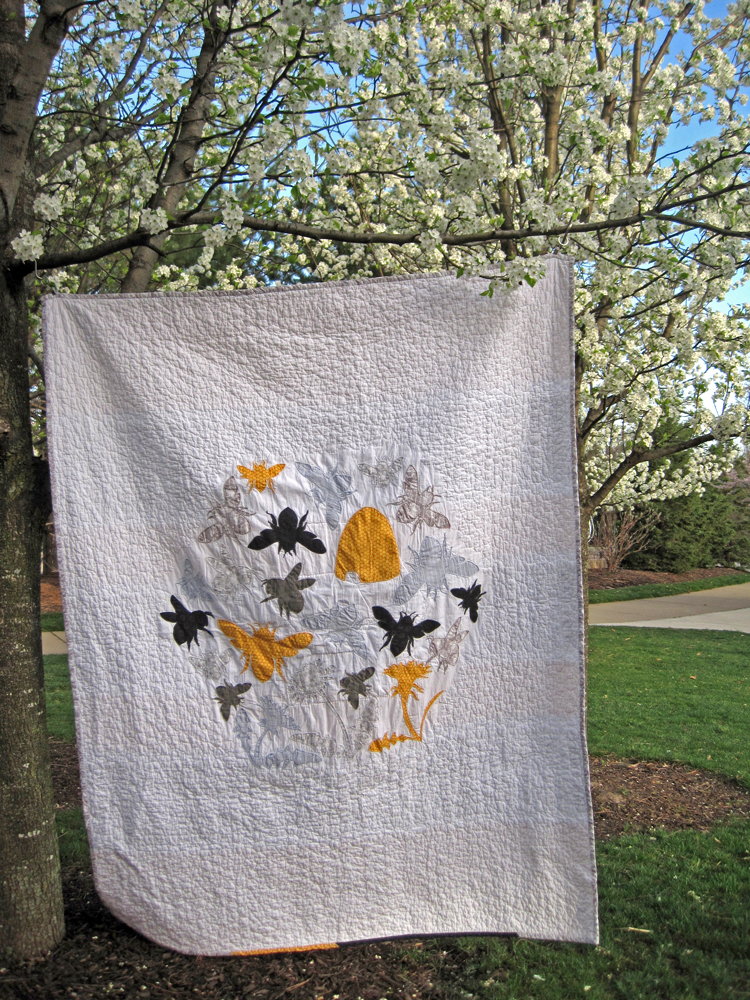
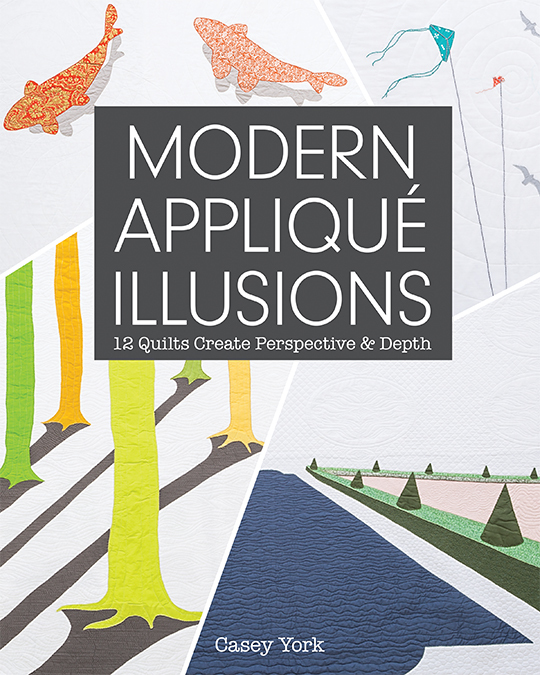
Abby, I have really enjoyed this series on your blog! I meet new bloggers & artists. They are all so generous with their comments & insight. I am sorry to see it come to an end for the summer but hope to see it back again next summer. Great job!
I’m so glad!
This book is what really got me started too! I won it in my first blog winnings, and it really opened my eyes to modern quilts and to writing patterns.